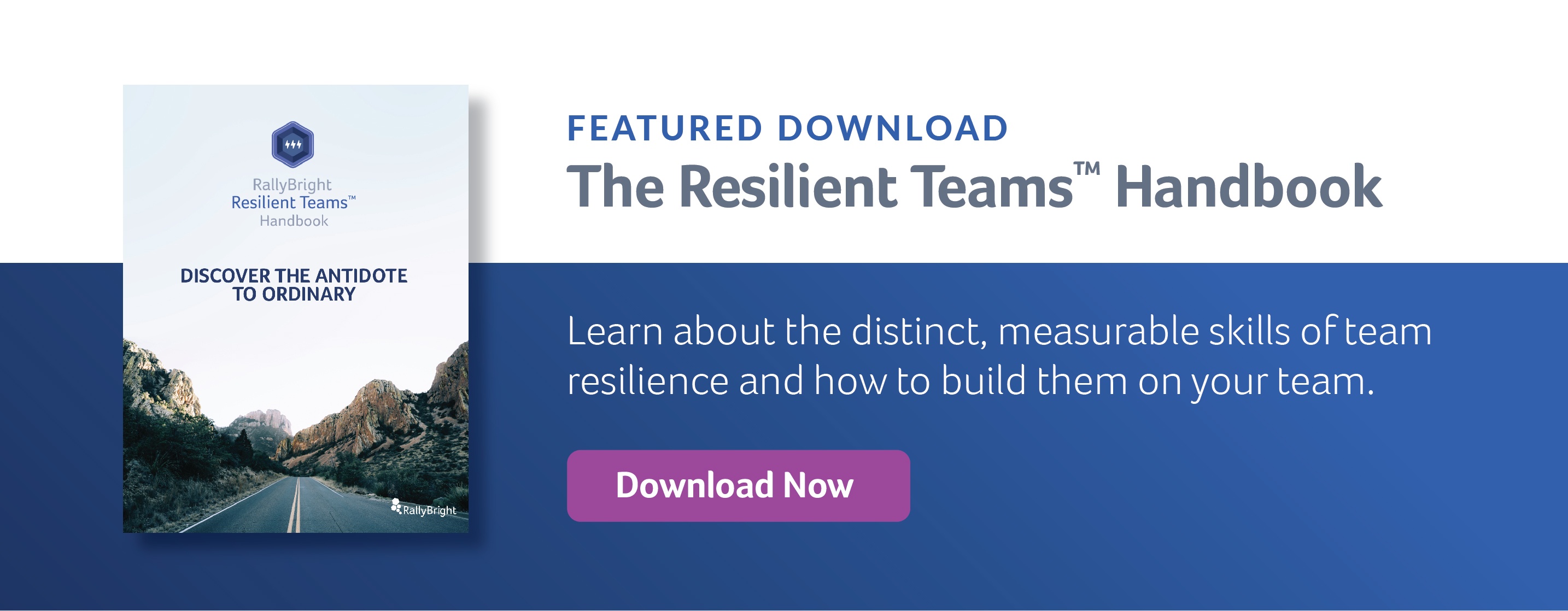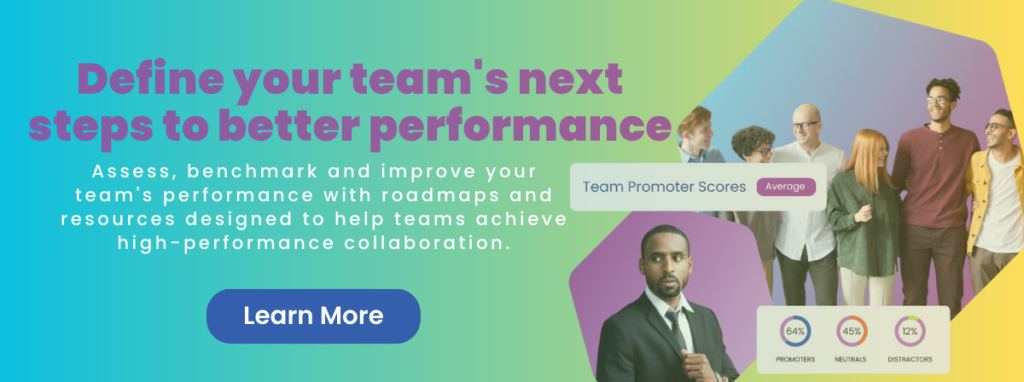Planning a team-building event is a gratifying challenge, and a workshop is especially effective if well executed. It requires you to understand the needs of your team and respond to them in creative and effective ways. If you want your workshop to be successful, you’ll need to employ careful team-building strategies to ensure everything falls into place.
With that in mind, how can you effectively pull together a team-building day?
Team-Building Events: Achieve Strong Team Development
Before you jump into event planning, you need to ensure that your workshop, or executive leadership retreat, meets your office’s needs. Talk to your people about their time in the office. Ask them where they’ve spotted conflicts, how comfortable they feel with their colleagues, and where they think they can improve.

One of the best ways to gather this information is to send a survey via email or a third-party platform. Once you have all your staff’s responses in an easy-to-access place, you can identify trends and plan your workshop accordingly.
Now that You’ve Identified Your Goals, Create an Event Outline
Naturally, one workshop won’t touch on every staff member’s needs. These workshops shouldn’t, either. Instead, after you’ve gathered your data, decide what message you want your staff to come away from the workshop having absorbed. Some of the best goals for your first workshop include:
- Icebreakers
- Morale boosters
- Inter-office communication
- Conflict alleviation
- Task delegation
After you’ve identified your goal, stick with it. Don’t try to integrate new ideas the day before your workshop takes place. Instead, schedule team-building events for the next several months that are designed to meet all your employees’ needs. This way, you’ll let each employee know you’re listening, while also making the most of each team-building day.
Managing a team can be a big hurdle for organizations. When you have successful teams in the workplace, they can increase individual performance, produce better quality work, decrease absenteeism, reduce employee turnover, and improve employee engagement. Team building is an essential and imperative component of organizational culture and successful teams. By dedicating time and energy to establishing and maintaining a sense of community and cohesion in your teams, you ensure all staff members are aligned with your mission and able to work most effectively together.
Team building activities can help you facilitate long-term success for your team, but what does your team need most? When you plan team building activities, it’s important to start with the intent or desired outcome. If you understand your common team problems, use your team building strategies to provide solutions or support in these areas. Some of the most indispensable elements of outstanding teams are communication, responsibility, and collective efficacy. The following benefits help reinforce and strengthen these core elements:
Establish Trust
Team building can help build trust between staff members. Trust is one of the most essential functions of a productive team in the workplace. Building a trusting workplace culture not only supports the well-being of your employees, but also the well-being of your company.
Team performance and success directly relate to collective effort and action. When individuals trust their team, everyone can feel safe and committed to workplace goals, work more collaboratively, and increase productivity. If you feel trust between team members is lacking, try to pick team-building strategies that enhance empathy and strengthen relationships through effective communication tactics.

Create a Feeling of Camaraderie
When team members genuinely get along, their work improves greatly. Camaraderie also boosts employee retention – staff are much more likely to stick around when work is fun together! To create a feeling of camaraderie, consider scheduling an event where bonding can happen outside the corporate setting, like learning a new art technique together. Be sure that team leaders are also committed to creating relationships with all team members. As a manager, you don’t have to be best friends with team members, but a sense of camaraderie makes people feel comfortable seeking assistance when they need it. Camaraderie-boosting activities are also a perfect solution if you’ve identified many team conflict styles.
Make Work More Fun
People are more likely to be creative in environments where imaginative solutions are encouraged. Team building events can help remove the pressure of corporate environments, allowing staff members to stretch their creative muscles and come up with unique solutions to problems. People who have fun at work are also much more likely to continue to show up with a positive attitude, and want to contribute and be involved in company culture and events.
Reward Excellence
Rewarding excellent efforts of teams helps simultaneously reward drive, mastery, and purpose, which are three major elements of success and motivation. Awards, recognition, or workplace privileges can also encourage healthy competition in the workplace. Competition has been shown to increase productivity. Rewarding excellence also helps set precedence for the high-level execution of tasks, and supports shaping team behavior and creating intrinsic motivation. Consider ending your team building workshop with personalized awards: “best office playlist maker” or “best meeting note-taker,” anyone?
Open Door Policy
An open door policy in the workplace is generally defined as an environment where leadership listens to and encourages feedback from all levels of staff. This includes complaints, challenges, and suggestions. An open-door policy’s objective is to encourage discussion between staff members and leadership. Using team building exercises to establish or strengthen an open-door policy is advantageous, because leaders can learn firsthand what is important to their teams.
Training Budget
When planning a team-building retreat or exercise, it’s important to set aside a training budget. When planning a budget for team building, consider asking the following question: “How does investing in the team’s development benefit the company?” There is a team-building exercise for every budget, but understanding that an organization’s goals are only met through the work of team members. Investing in training budgets ensures teams operate at their highest level and give the company the most return. There are great tools available to ensure you have a great ROI from your next off-site.
Encourage Growth Mindset
Another benefit of team building strategies is giving individuals an exciting new arena to showcase new skills or strengthen leadership muscles. You may see mentorship connections between employees who rarely work together in the office, but have grown close in this new setting, and you can see the confidence grow between team members. In a more relaxed environment, you may also see hidden skills or talents you would not have discovered otherwise. A growth mindset is a great intention for team building strategies, if you know you have new roles or upcoming leadership opportunities available soon.
Team-Building Strategies for Your Event
Once you’ve established your workshop’s goal and training budget, you can start the fun – brainstorming team-building strategies and activities. It’s important to remember accessibility for all your team members. Creating inclusive strategies from the planning stage and on creates an environment where all members feel welcomed and comfortable participating. Consider introverted and extroverted personalities, physical accessibility, breaks and snacks, and different learning styles when planning your workshop. Some activities you may want to incorporate include:
Game of Possibilities
An easy activity to start a team-building event is the “Game of Possibilities.” This game takes six minutes at most and can involve any number of participants divided into small groups.
To start this event, give each present group an object from a pre-selected pile. The object can be anything – a stapler, a coffee mug, a small stuffed animal. Once the objects have been assigned, each member of the group has a minute to think up a presentation on the object’s potential uses. Once a minute’s up, each member of the group has 30 seconds to elaborate on their object’s usefulness. To make matters more complicated, group members can’t repeat uses, forcing your teams to think on their feet.
This activity requires imagination and creativity, as your teams will be required to think of increasingly strange and unexpected ways to use the objects with which they’ve been presented. Not only that, but the “Game of Possibilities” lets your team members grow more comfortable giving presentations and improvising coherent responses to unexpected questions.
Online Participation
Nowadays, more and more employees work from home for at least part of the day. Your team-building strategies should reflect this. How do you include remote employees in your office’s team-building activities?
This is where tools like QuizBreaker and Jackbox come into play. Quizbreaker, for example, is an online medium through which your team members can answer icebreaker questions and get to know one another. The platform releases weekly answers in a group survey, and rewards staff members who correctly guess which of their colleagues answered which questions.
Jackbox, comparatively, is a little more game-oriented, but it’ll still promote communication and let your team members get to know one another a little better. This series includes games like Quiplash, You Don’t Know Jack, Drawful 2 and Fibbage. These all encourage your employees to answer bizarre but fun questions about themselves. While playing these games, your team will grow more comfortable relaxing around one another. As the barriers of professionalism break down, you’ll find that communication and morale around the office show improvement.
The Minefield
If you’re looking for an exercise that encourages office-wide collaboration while also boosting morale, consider having your staff play “The Minefield.” This exercise can take up to thirty minutes and should be performed in a spacious area.
Before the game starts, set up deliberate obstacles in the space you’ll be working in. Once your staff members arrive, make everyone pair up in groups of two. Then, assign a blindfold to one member of each pair. Then explain the rules: each team must make it across the minefield without stepping on one of the “mines.” The blindfolded player cannot speak, and the team member that can see can only provide them with verbal instructions.
If you want to inspire competition, have a prize at the ready for the first, second and third teams to make it across the field.
This is the ideal activity to include in a team-building workshop if you want your office’s communication to improve. Team members must work in limited but creative ways to achieve a common goal, much like they do daily in the workplace. In a low-stakes environment, you’ll see communication issues begin to untangle and trust grow between your people.
Using Team Building Strategies Works
The essence of a team is a common commitment to achieve specific goals. To develop outstanding teams, creating the right conditions for success is important. These conditions could look like having a group structure that promotes communication and collaboration, encourages and rewards excellence, and promotes feedback and leadership.
If you want to develop strong team development, it’s vital to organize strategic team-building strategies. Healthy and productive teams can communicate clearly, trust each other, and collaborate well together. By investing in Begin the process by identifying your team’s strengths and weaknesses. Use activities that benefit your needs, like trust building, making work more fun, or encouraging leadership.
Ready to host your first team-building workshop? During the planning phase, creativity is the best team-building strategy. Don’t be afraid to get creative with the activities you have planned. So long as you’ve checked in with your employees to see what they need, they’ll return from your workshop more confident in their work.
Contact us for a demo, to see how RallyBright can help you.


